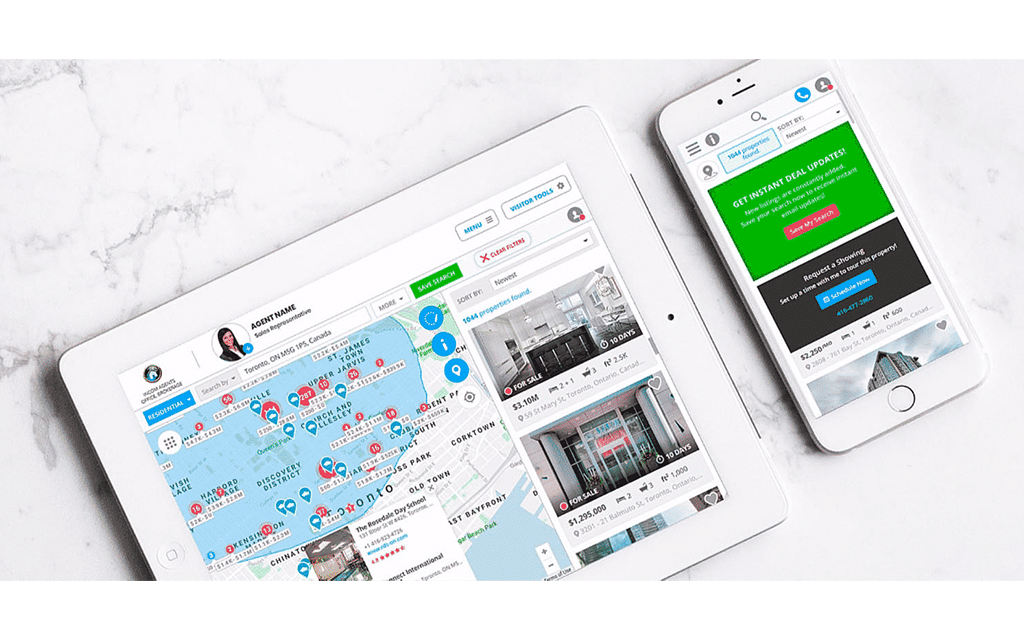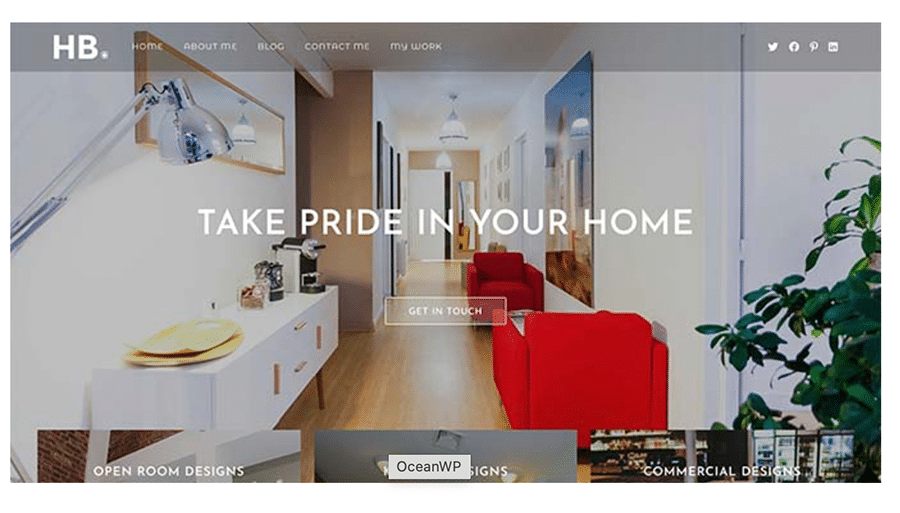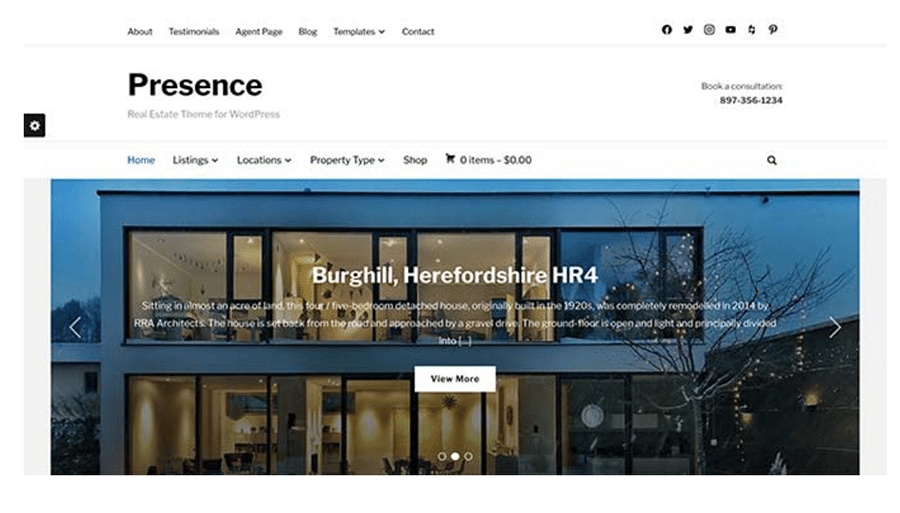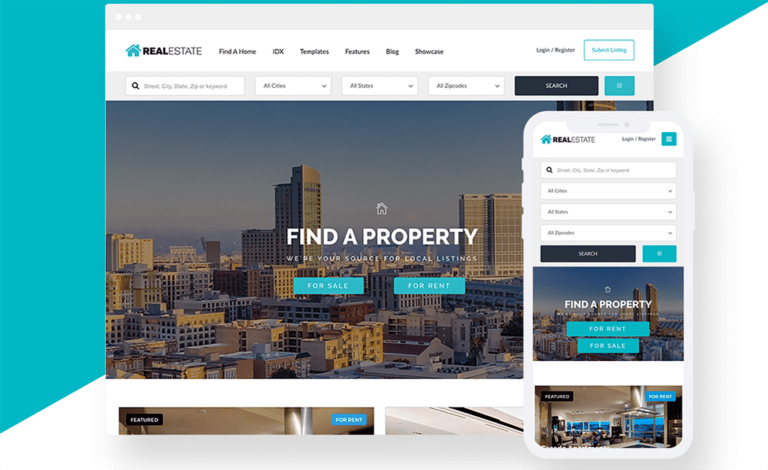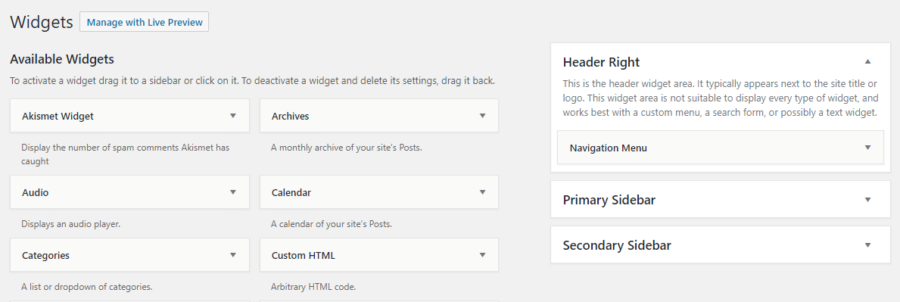IDX real estate website builders like Placester and Agent Image are best-in-class, but we still get a lot of people asking about DIY options. Luckily for you, building your own website is pretty easy these days. It’s not as hard as you might think for an agent with limited tech skills to create a website with IDX listings, lead capture, map search, and more in a single afternoon.
To prove it, I’ll walk you through the basics of IDX real estate websites and how to build your own. I’ll cover terminology, strategy, themes, IDX plugins, and step-by-step instructions to build your own IDX-enabled website.
Important note: This guide covers how to build an IDX website using WordPress. If you’d rather use a shortcut with a real estate website builder such as Placester, Sierra Interactive, or BoomTown, check out our guide to the best website builders for real estate agents and brokers.
What’s an IDX Website?
IDX, short for internet data exchange, is the technology that allows Realtors and brokerages to display updated real estate listings from their MLS on their websites.
Here’s how it works: Multiple times per day, third-party IDX providers take the raw listing data from your MLS and send it to the hundreds (or thousands) of real estate websites that have permission to display MLS listings. Whenever a listing is updated in your MLS, it is automatically updated on all the websites that display MLS listings through IDX. In 2023, most IDX listings are updated every 15 minutes.
This automation means that an IDX website will have listings just about as fresh as your MLS’ website. That means that potential buyers should have a very similar experience browsing your IDX website for new listings compared to what they experience on Zillow or your local MLS, since the listings are updated with data from the MLS automatically.
Do I Need to Use WordPress to Build an IDX Website?
Absolutely not. There are many ways to build an IDX website, including coding it yourself or using another content management system (CMS) like Joomla or Drupal. Some third-party IDX providers can even send listings to Squarespace sites.
That said, WordPress is far and away the most popular CMS and has the most tutorials, support, and updates. This is why we strongly recommend that agents and brokerages use WordPress for their IDX website.
Other Professional IDX Website Options
Of course, if any of this starts to give you a headache or you just want help from the pros, Placester will build a full IDX real estate website for you starting at just $149 per month.
I give up, take me to PlacesterBuilding your own website is not hard, but it takes time. You’ll need to select the best plugins, choose and purchase your template, create copy, design your pages, and make sure your site is optimized to capture leads.
If DIY-ing your IDX website matches your budget and your skills, read on! We have all of the steps laid out for you below. But if you’d rather spend your time on other real estate-related activities, consider one of our top real estate website builders. All of them are IDX-enabled and ensure your site is working as hard as you are.
| Website Builder | Best For |
|---|---|
| Sierra Interactive | All-in-one sales ecosystem |
| Placester | Concierge service |
| AgentFire | Affordable customization |
| Agent Image | Luxury markets |
| BoomTown | Teams and brokerages |
| Squarespace | DIY design |
| iNCOM | Value |
How to Build an IDX Website in an Afternoon
Now that you know the basics, let’s go through the best way to build an IDX website with WordPress.
Step 1: Planning Your IDX Website
The most important (and most often avoided) stage in building a website is sitting down and figuring out exactly what you want from your IDX website. While this might seem obvious at first (leads!!), you’d be surprised at what you can forget until you’re halfway through building your site. This will also make it easier to select your IDX provider (more on this later) and pick the right WordPress theme (ditto).
So take 10 minutes and write out what you want from your IDX website. Think of features you’ve seen on other sites, like map search, video backgrounds, blogs, sliders, lead capture, home valuation pages, and pop-ups, as well as the general aesthetic you want for your site. What would you like to offer site visitors that will turn them into leads?
Study the Websites of the REAL Trends 500 & Take Notes

Before you dig in and invest the time and effort to build your own IDX website, research what you like about other real estate websites. What is it specifically about a top producer’s website that you like? Is it the overall look and feel, functionality, or something else?
💡 Navigation is another crucial element to consider. As you might imagine, most top producers’ websites have minimal navigation that leads visitors on a prescribed customer journey. Put yourself in your prospects’ shoes and pay attention to where and why you click.
Top 15 Real Estate Agent Websites for 2024
Pages Every Real Estate IDX Website Should Have
While the pages you have on your website will largely depend on your business, farm area, and creativity, here are a few standard pages that most IDX websites have:
Step 2: Choose a Web Hosting Company & Domain Name
Now it’s time to set up an account with a web hosting company, which will provide a home for your website online and ensure it always loads quickly and reliably from any device.
For WordPress IDX websites, Bluehost is pretty hard to beat. First, at less than $3 per month, it is incredibly affordable. And second, it has a tool that lets you install WordPress with the click of a button. You also get five email addresses for you and your team, all for less than the price of a cup of coffee.
Choose & Purchase Your Domain Name(s)
Luckily, choosing a great domain name is pretty straightforward. Just make sure it’s memorable, short enough to yell across a crowded restaurant, and matches your name or personal brand.
Generally speaking, .com is better than the alternatives, but if you have the perfect name and it’s not available as a .com, then, by all means, go for a different top-level domain (TLD) like .net, .bix, and so on.
Purchase your domain name through your hosting provider or through a separate company. You can pay as little as $5 to $10 a year to secure your URL, but shorter domain names and more popular TLDs may cost you more.
💡 Unless you think you’re going to spend your entire career at your current brokerage, it’s probably best to avoid including your brokerage name in your domain name. After all, you’re an independent contractor, right? Be independent.
10 Tips to Choose Great Real Estate Domain Names (+ Name Generator)
Step 3: Install WordPress on Your New Domain
Now that you have a fresh new domain and host, the next step to building an IDX website is to install WordPress. Since WordPress is open source, it’s free!
To install WordPress on your Bluehost account, log in to your Bluehost Panel, click on the Website section, and then click on “Install WordPress.”
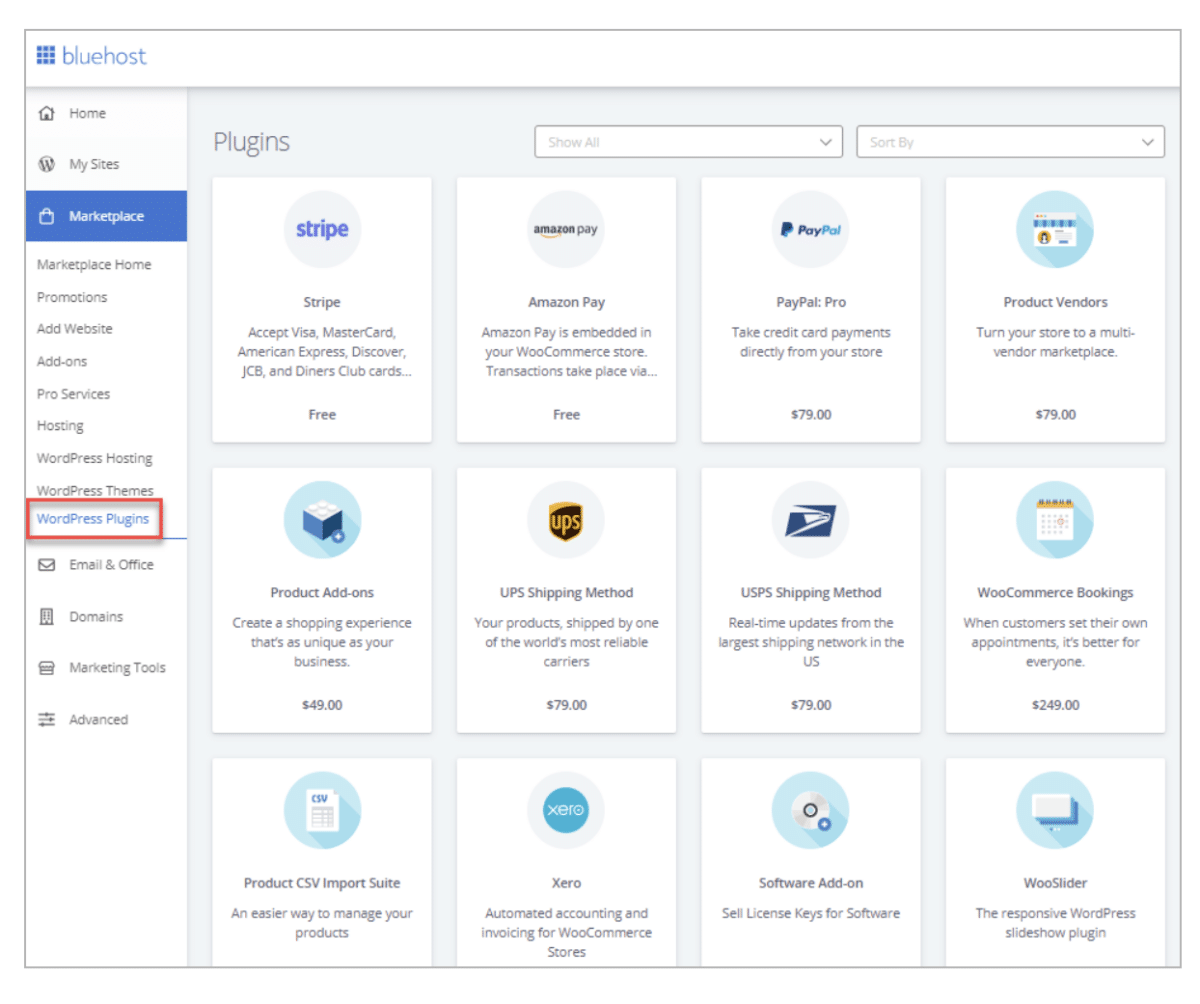
Next, you’ll be prompted to choose the domain name on which you want to install WordPress. Choose the domain name you purchased in the previous step, read through and accept the license and service agreements, and finally, click on “install now.”
Next, follow the prompts to connect to WordPress.com and create an account. Congratulations! 🎉 You now have your very own WordPress website ready to rock! Pretty easy, right?
Now that you have WordPress up and running on your web host, let’s move on to making your website look great and adding IDX so you can get MLS listings on your site.
Step 4: Choose Your Third-party IDX Plugin for WordPress
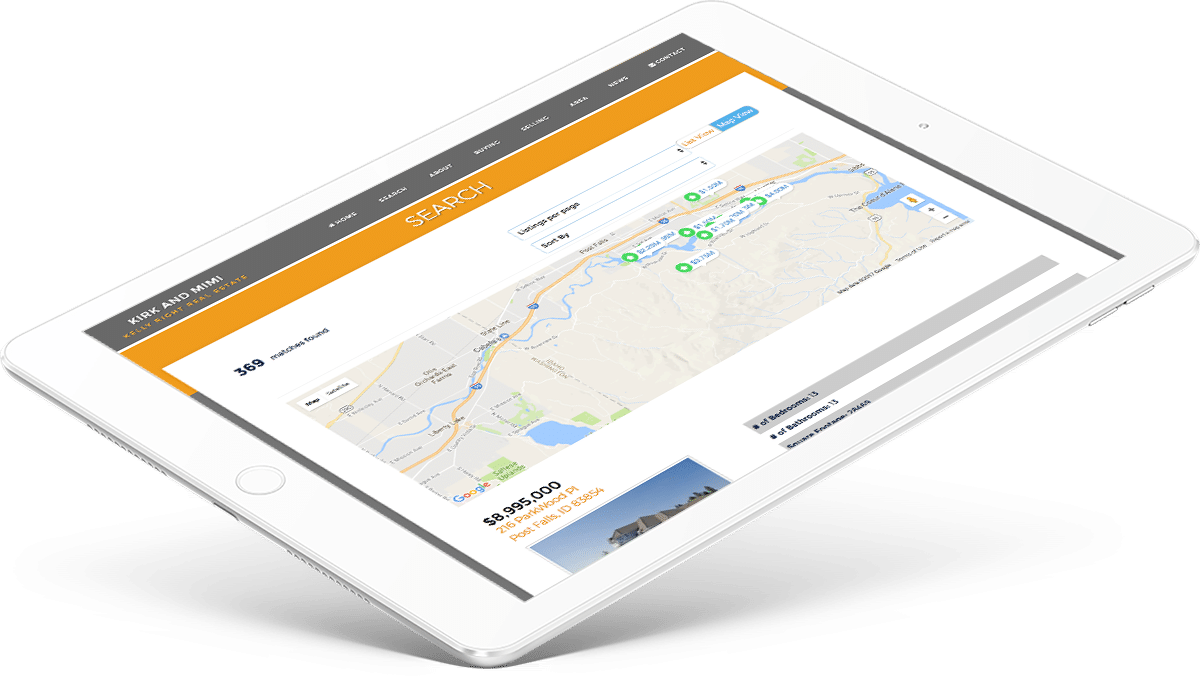
Before you get started building your WordPress site, you’re going to want to pick out your IDX plugin—or at least research some good options. With only a few IDX providers to choose from, your decision will come down to price, features, and compatibility.
What Is an IDX Plugin?
In WordPress, plugins are small add-on tools that you can use to change how your WordPress theme looks or behaves. An IDX plugin translates the raw listing data from your MLS into code that WordPress can turn into attractive listings for your website. IDX plugins can also provide features such as listings search, maps, lead capture, and more.
How Much Do IDX Plugins Cost?
IDX is a pretty inexpensive plugin for your IDX website. Generally speaking, you’ll pay between $50 and $99 per month for an IDX plugin. Most IDX providers offer much more than just a simple connection between your MLS and your website, so the cost is well worth it.
How to Choose the Right IDX Plugin
Take a quick run through the features each provides and then sign up for the one that suits your needs best. Here are the some of the most popular IDX providers for WordPress.
IDX Provider Comparison Table 2023
| IDX Provider | Pricing | Free Trial? | Setup Fee |
|---|---|---|---|
| Showcase IDX | $75-$120 per month | 10-day trial | None |
| iHomefinder | $55-$135 per month | 30-day trial | $99 |
| IDX Broker | $55-$90+ per month | No free trial | $99 |
| MLS Import | $49 per month | 30-day trial | None |
| Realtyna | Free-$199 one-time fee | Free edition | None |
Step 5: Choose & Install an IDX-ready WordPress Theme
Now it’s time to pick a WordPress theme that looks great, provides the features you want, and can work with your chosen IDX provider.
What Is a WordPress Theme?
A WordPress theme is a template or collection of templates that controls how your WordPress site looks and acts for site visitors. Themes also generally include many different templates for everything from page layout and headers to fonts, colors, and backgrounds—even lead capture and other advanced features.
How Much Do Real Estate WordPress Themes Cost?
Unlike your IDX provider, you don’t have to pay a monthly fee for your WordPress theme. Instead, you can just buy them. Some themes are free; others can run from $20 to $99. However, since this is a one-time fee, I would highly recommend not skimping here to save a few bucks. An extra $20 or $30 spent on your theme can make a massive difference in the quality and user experience of your website. Generally, themes you pay a little more for perform better in the long run in terms of updates, widget integration, and customer support.
How to Choose the Perfect WordPress Theme
Remember that back-of-the-napkin list of features, bells, and whistles you want for your website? Well, here’s where it comes into play. Use the list of features you want to help you narrow down your choices when picking out a WordPress theme.
Here are a few critical (and not so critical) criteria to keep in mind when choosing a WordPress theme for your IDX real estate website:
1. Is It Compatible With Your IDX Plugins?
While most modern themes will be compatible with your chosen IDX plugin, it’s always a good idea to check. Also see if there are other advantages to that theme, such as customer support, added stock images, or a frequent update cadence.
2. Does It Offer Enough Customization Options?
One of the coolest features WordPress themes offer is templates with multiple page layouts and styles for different parts of your website. For example, a theme might have four or more unique page designs just for the homepage, three for the About Us page, and three for the Contact Us page.
3. Is It a Real Estate-specific Theme?
This one is less important than many people think. While real estate themes will commonly have agent pages, listings pages, and ways to set up listings, those listings will need to be manually added and will more than likely not work with your IDX provider. So don’t choose a theme based on whether or not it’s an actual estate-specific theme or not.
4. Which Plugins Come With the Theme?
While the vast majority of the plugins you’ll need for your IDX real estate website will be free, it’s nice to get a bunch of useful plugins along with your theme. Visual Composer, Yoast, Mailchimp, Contact Form 7, and Slider Revolution are standard plugins commonly bundled with real estate WordPress themes.
Where to Buy Real Estate WordPress Themes
You can buy your theme directly in the WordPress library. But here are some of my favorite places to check out and buy real estate WordPress themes: Envato Market, Elegant Themes, and Template Monster.
Once you’ve picked out a theme you like with the features you want that support your IDX plugin, buy it, and then download the ZIP files for the theme.
Install Your New WordPress Theme
Next, you need to install the new theme on your WordPress account. First, log in to WordPress, and then click on Appearance in the left column of your WordPress dashboard. Then click on Themes.
You should see the default WordPress 2023 theme already installed here. To install your new theme, click on the Add New Theme button on the lower right side of the page. Then, navigate to the WordPress theme ZIP file you downloaded and install it.
Step 6: Install Your WordPress Plugins & IDX Plugin
Next, head back over to your WordPress dashboard and click on Plugins on the left-hand side menu, then click on Installed Plugins to check which plugins came with your new theme.
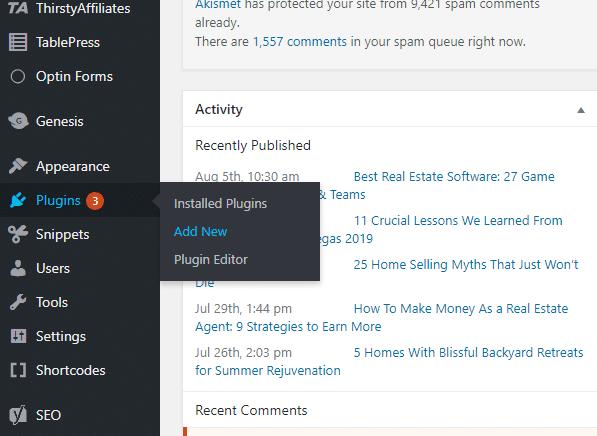
Make a note of which plugins are already installed, then click on Add New.
🚨 A word of caution here: Since thousands of plugins are available for WordPress, it can be very tempting to load up on them. After all, more is better, right? Well, for WordPress, the opposite can be true. Plugins can slow your site down, and some plugins don’t play nicely with others. But don’t worry; you’ll have plenty of time to find and experiment with plugins later on.
Step 7: Start Customizing Your WordPress Theme
OK, now you have a pretty-looking website set up, but it’s filled with dummy copy and stock imagery. The next step to building out your IDX website is to customize how your theme looks and behaves. The customization options are going to vary depending on what theme you chose. Here are a few basic things you can change with any advanced WordPress theme to get you started.
Logo
Once you add your logo to your WordPress theme, it should automatically show up on multiple pages on your website as well as at the top of any new page you create. You should also be able to set your logo to be your favicon (the little picture that appears in a tab at the top of visitors’ browsers).
Site Navigation
Footer
Widgets
Widgets are small pieces of code that let you drag-and-drop site features like search bars, listings by price range, email capture, menus, recent articles, and many more elements onto any page of your website. Similar to plugins, more is not necessarily better here.
Demos
Most WordPress themes will come with multiple layouts called demos. Demos are fully finished design and layout variations available for your theme. Each one will make your website look very different.
If you want to install a demo to change how your site looks, go to your WordPress dashboard and click on Tools, then Import. Next, click on WordPress and navigate to the XML of the demo you want to install.
Once you’ve chosen a demo to install, you can start customizing it. You can change all of these site elements by going to your WordPress dashboard and clicking on Appearance, then Customize. Some themes might have different ways to customize site elements, so be sure to read the instructions that came with the theme.
Step 8: Start Building the Main Pages of Your Website
Now we’re getting somewhere. At this point, you should have a site that looks how you want it to with your logo, images, and contact information ready to go. Next, we’ll start building the pages of your site.
Before you start, you need to understand the difference between pages and posts. WordPress treats pages and posts differently, and you can set different navigation, sidebars, and other features for each.
Creating Pages
Pages are the main sections of your site that don’t change very often. Things like about us, contact us, listings, and home valuation tools are all common examples of pages. For the most part, once you have your pages built, you shouldn’t have to change them very often.
Once you have the main pages of your website set up, you should write the copy for those pages. You should already have the basic copy for your about us page, but take some time to edit it to make sure it isn’t too long. (Need to tweak your agent bio? Check out our bio generator and our favorite examples.) For your neighborhood pages, a quick introduction to each neighborhood will work for now.
Creating Posts
On the blog page, you will have the option to create posts. These are the individual articles on your blog. You should be adding new posts as often as you can. This will boost your search engine optimization (SEO) by signaling to search engines that you have fresh content to share and give you new ways to send followers to your site from social media and ad campaigns.
If you’re worn out by all of this website building and need some fresh blog ideas, check out our collection of ideas and resources:
Step 9: Promote Your New IDX Real Estate Website
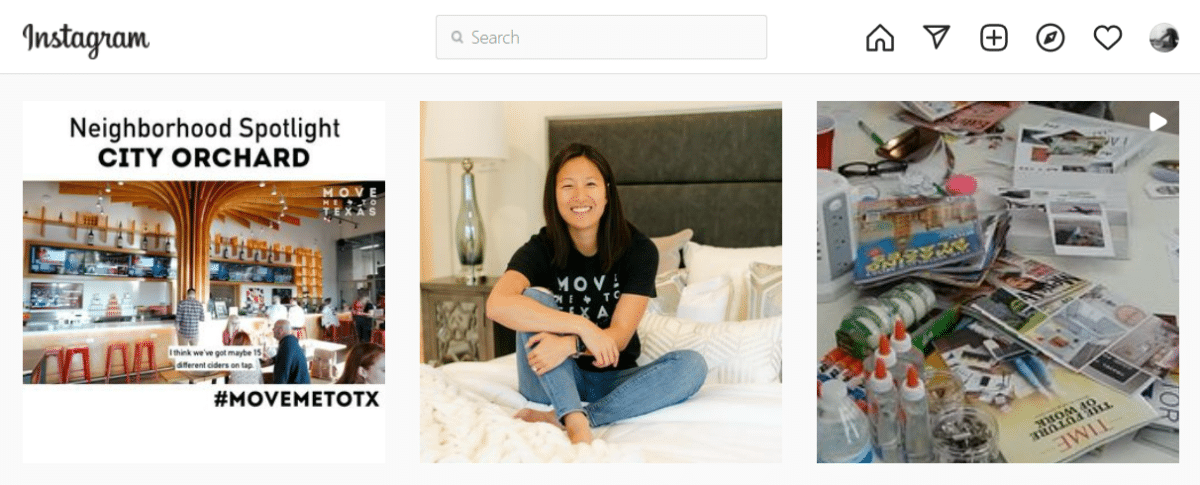
🎉 Congratulations! 🎉 You now have a fully functional WordPress IDX website that’s ready to attract and convert leads to help you close more deals. Of course, a website is pretty useless if you don’t tell people about it. So the next step is to promote your new website everywhere you can. Here’s a quick list of places to do just that:
How to Use Your IDX Real Estate Website to Get & Convert More Leads
Your website is the most powerful tool in your arsenal to both attract and convert leads. Even if you promote it all over your social media profiles, that’s still not going to be enough to get a decent flow of traffic to your new site.
You’re going to have to work hard to get people to visit your site and ideally leave you their contact information or reach out and call you. Here are a few places to consider advertising to drive more traffic.
Promote New Listings on Social
Website landing pages offer tons of new possibilities to advertise on Facebook. For example, you might post about new or underpriced listings on Facebook and then send visitors to your search page or a landing page with your lead capture form on it.
Real Estate Facebook Ads: 8 Best Practices & Examples for Agents
Offer Free Home Valuations to Get Homeowners’ Attention
The best way to get seller leads on your own is to advertise free home valuations on Facebook or Google. You can then send the leads to your landing page with your lead capture form or sign up with a free automated home valuation service like Home Value Leads.
Advertise Free First-time Homebuyer E-books on Social Media
First-time homebuyers, especially millennials, are always looking for great educational content to help them navigate the homebuying process. To generate buyer leads, you can write an educational e-book or private blog post and then advertise it on social media. When buyers come to your page, they will be prompted to enter their contact information to download or view the content.
Real Estate Landing Pages: 5 Stunning Examples & Tips
Bringing It All Together
Building an IDX website is so straightforward that you can do it in an afternoon. The trick is to keep updating and adjusting your site so that it’s performing at its best and generating and collecting leads. Whether you want to DIY your site or go with one of our top website builder picks, make sure your website is one of your best marketing, lead generation, and nurturing assets.
Have advice for building a site? Or a website builder you love? Have a site you’ve built and want to show off? Leave us a comment below!






